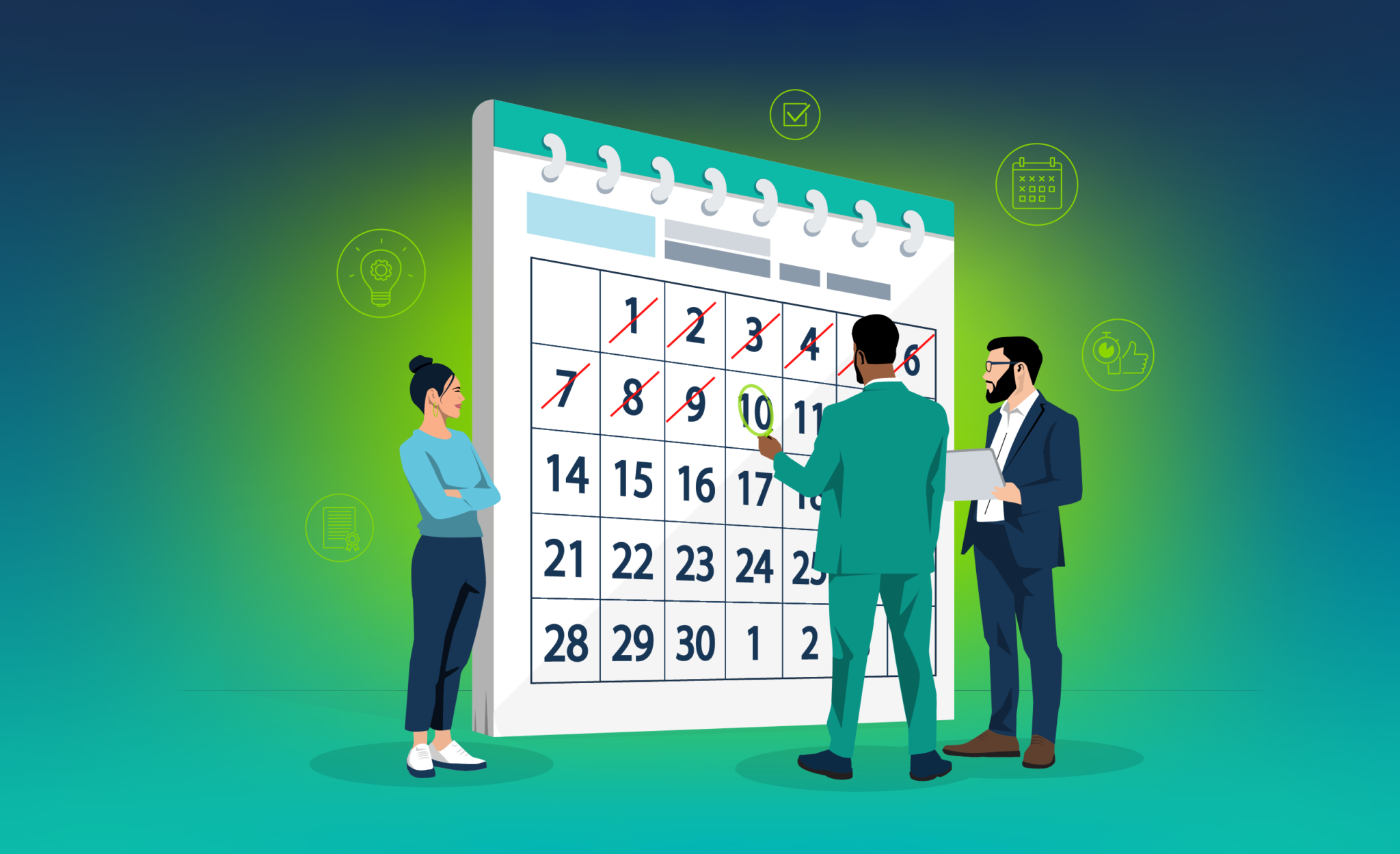
You can’t achieve your dreams without setting clear objectives. Likewise, you can’t deliver organisational success without establishing employee development goals. That’d be like sailing a ship without a compass or a map.
After all, research shows that individuals who set challenging goals are 90% more likely to be higher performers. Unfortunately, we’re not all tapping into the power of goal-setting. Indeed, Harvard research shows that 84% of people don’t set goals.
This is a significant gap that needs to be addressed. We can tackle it by setting individual objectives or having organisations and learning departments establish employee development goals for their teams.
This article will explore both individual and organisational goal-setting approaches, highlighting their benefits, best practice tips, and 40 employee development goal examples for inspiration. Your success awaits. Let’s make it happen!
What Are Employee Development Goals?
Employee development goals are targeted objectives that drive professional growth and organisational success. They aim to improve employees’ skills, knowledge, and abilities within their roles.
Without a destination in mind, it’s easy to feel lost or aimless. Thankfully, employee development goals act as a detailed roadmap, guiding your team towards success. They provide a clear sense of direction, helping team members to stay focused and motivated.
The scope of these goals is flexible. In fact, they can focus on various aspects of employee development, including:
- Soft Skills: Aimed at improving employees’ interpersonal skills, including communication, leadership, or problem-solving abilities.
- Technical Skills: Focused on improving employees’ digital skills or proficiency in specific software, tools, or techniques.
- Career Advancement: Equipping employees with the skills or knowledge required to take on a new role within your organisation.
- Future Skills: Preparing employees for the future by anticipating forthcoming needs and developing relevant skills.
- Personal Growth: Developing your employees’ full self by nurturing personal qualities and supporting their other interests.
As you can see, there are a wide range of different employee development goals. As for who sets these goals, well, that depends:
- Individual-set Goals: Employees often set personal goals based on their specific career aspirations, skill gaps, or perceived areas for improvement.
- Organisation-set Goals: Companies may set development goals for their employees based on their strategic objectives, skill deficiencies, or future needs.
In most cases a collaborative approach works best. Employees and their managers should work together to agree on goals that align with both individual and organisational needs. This article includes plenty of examples to get you started.
The Benefits of Employee Development Goals
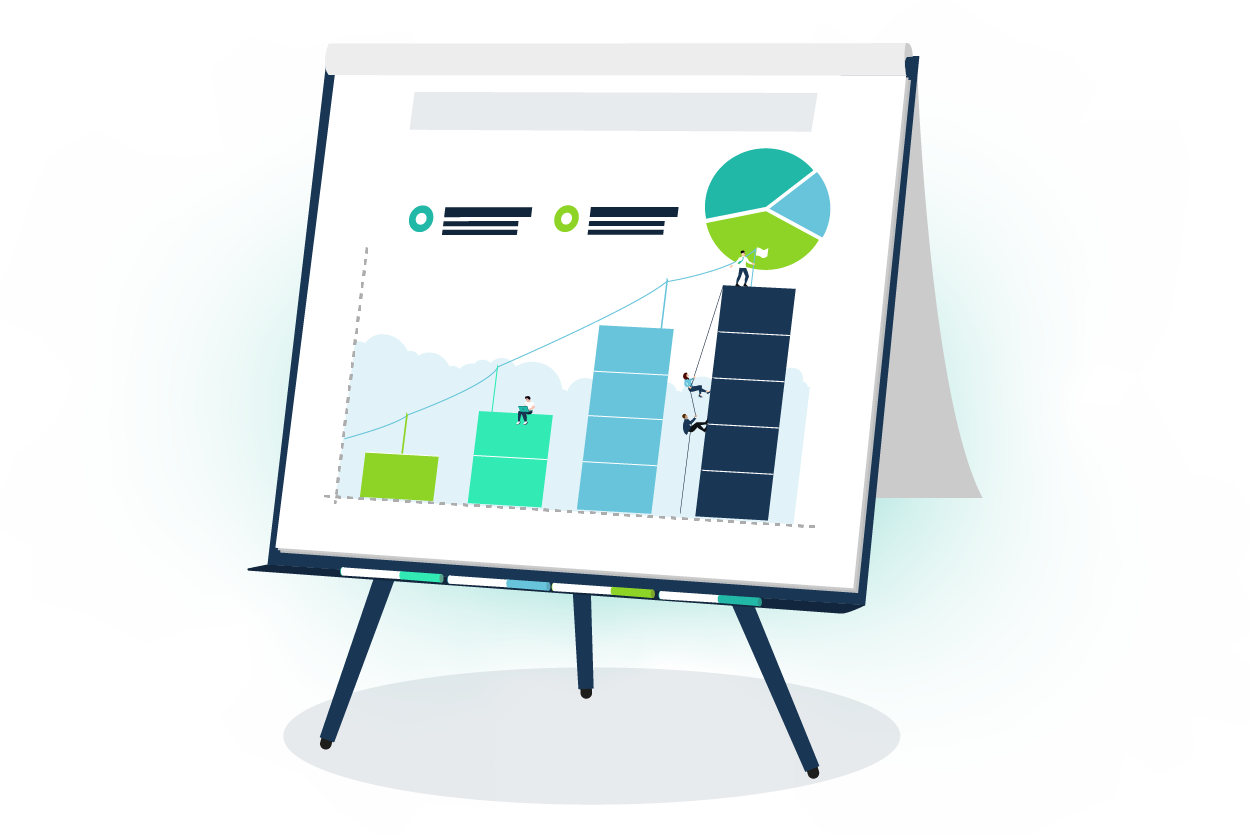
Did you know that setting clear goals can boost your chances of success by 43%? That’s the power of focus and determination. Similarly, employee development goals offer numerous advantages for both individuals and organisations. Let’s explore these benefits now.
Individual Benefits:
- Improved Performance: Countless studies show that having specific goals in place is linked to increased task performance, persistence, and motivation. In turn, this translates to better employee performance, alongside a host of other benefits.
- Increased Satisfaction: It feels good to have purpose. Indeed, when your employees achieve or come close to achieving their development goals, their brain releases dopamine. This creates a sense of satisfaction and fuels motivation.
- Career Advancement: It’s not hard to see how improved performance, satisfaction, and motivation might positively impact your employees’ careers. With their enhanced skill set, they’ll be well-placed to seize new opportunities.
- Personal Growth: Even better, your employees will reap benefits beyond the workplace. After all, achieving your employee development goals can lead to personal growth and fulfilment. Success is contagious.
Organisational Benefits:
- Improved Performance: As we’ve seen, there’s a clear link between goal-setting and performance improvement. Now imagine this on an organisational scale. What sort of impact would that have on your business?
- Higher Retention: Development goals boost employee satisfaction. In turn, this helps to foster loyalty. With 86% of employees willing to switch jobs for more growth opportunities, it’s important you don’t let your top talent slip away.
- Enhanced Innovation: Unsurprisingly, studies show that there is a link between training and product innovation. Of course, this all starts with setting the right employee development goals and guiding your learners’ focus.
- Company Culture: What’s more appealing to a forward-thinking employee — a structured, goal-oriented company or an aimless, purposeless one? The answer should be obvious. Thankfully, clear goals help to define and strengthen your organisational culture.
Tips for Setting Effective Goals

Now that you understand the benefits of setting employee development goals, it’s time to create some of your own. We have plenty of examples to share with you. But first, we have three top tips to support you in setting clear goals.
1. Use the SMART Goal Framework:
There’s a good chance you’ve heard of the SMART goal framework before. It’s one of the most popular goal-setting tools and it’s widely used across organisations of different shapes and sizes.
The framework offers an effective and easy-to-use approach for goal-setting. Backed by research, it has proven successful in different contexts. In fact, a HubSpot survey found that 52% of respondents believe SMART goals positively impact their performance.
This acronym suggests that every goal should be:
- Specific: Don’t be wishy-washy. Clearly define what you’re seeking to achieve and state it in a way that’s easy to understand.
- Measurable: Ensure your goal is quantifiable. If you can’t track your progress, you won’t know when you’ve reached your target.
- Achievable: While it’s good to aim for the stars, you should set attainable goals. Be realistic, but don’t let this dampen your enthusiasm.
- Relevant: Don’t let yourself get distracted. Focus your energy on goals that align with broader objectives or specific values.
- Time-bound: Set a deadline for your goals. This creates a valuable sense of urgency that can also help to maintain focus.
Let’s look at an example. The goal ‘I want to learn how to play the guitar’ is vague. How will you know when you’ve succeeded? In contrast, the SMART goal ‘I will learn a new song by practising the guitar for 30 minutes daily’ offers clear direction.
However, it’s also important to note that SMART goals aren’t a silver bullet solution for goal-setting. In fact, there has been some pushback against this approach. You should consider your individual and organisational needs to determine the best strategy.
2. Align Goals With Organisational Objectives
While it’s important to have goals, it’s even more important to ensure they’re relevant and focused. After all, you don’t want to hurtle off in the wrong direction. With this in mind, ensure your employee development goals contribute to wider organisational objectives.
If you’re unsure of your organisation’s focus and priorities, then take the time to learn more. Following this, you’ll be in a much better position to align your development goals with your company’s mission, vision, and values.
For example, consider a case where your organisation aims to ‘improve operational efficiency’. Once you know this, you’ll be able to set employee development goals accordingly. For example, you could set the following goal: ‘Identify X opportunities to automate and streamline processes’.
3. Create a Continuous Learning Culture
Remember, learning doesn’t ever really stop. That means your goal-setting will need to keep pace. To remain truly competitive, you’ll need to continuously develop your employees’ skills and knowledge. So, as you achieve goals, set new ones.
How you approach this is up to you. For example, you might set a minimum number of employee development goals at any given time. This will help you to foster a culture of continuous learning within your organisation.
You should also ensure you prioritise your employee development goals effectively. For example, don’t overemphasise soft or technical skills at the expense of future skills that can drive innovation and long-term success.
40 Employee Development Goals
Looking to set development goals for yourself or your team? You’re in luck! Here are some inspiring examples. We’ve categorised them into five key areas: soft skills, technical skills, career advancement, future skills, and personal growth.
1. Soft Skills
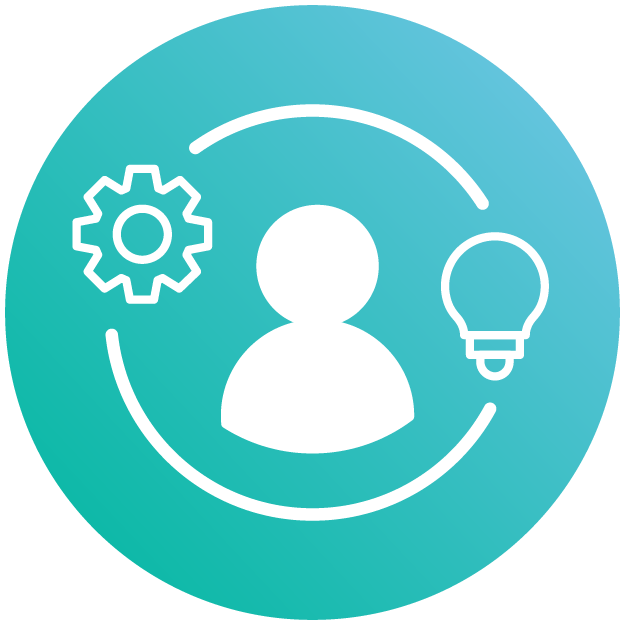
According to Josh Bersin, 89% of workers surveyed identified poor soft skills as a common issue in bad hires. These are essential skills for interpersonal success. If you want to improve your soft skills, then consider these goals.
- Improve Communication: Build stronger working relationships and boost team performance by mastering active listening, public speaking, and presentation skills.
- Think Critically: Learn how to analyse problems systematically, identify the root cause of issues, and then develop effective solutions.
- Make Better Decisions: Make informed and timely decisions that take into account all relevant factors and potential consequences.
- Develop Empathy: Cultivate empathy by practising active listening and reflection. Try to step into others’ shoes and see things from their point of view.
- Write Effectively: Enhance your ability to write clearly, concisely, and persuasively in a variety of contexts (including emails, articles, reports, and proposal documents).
- Resolve Conflict: Develop new strategies for resolving conflicts peacefully and constructively. Aim to promote a positive working environment.
- Negotiate Like a Pro: Master effective negotiation. Actively seek win-win solutions and find ways to resolve disagreements constructively.
- Become a Better Leader: Create a system for effectively delegating tasks to team members, empowering them and improving efficiency.
Psst. Want to build your soft skills? Grab 10 free soft skills eLearning courses now!
2. Technical Skills
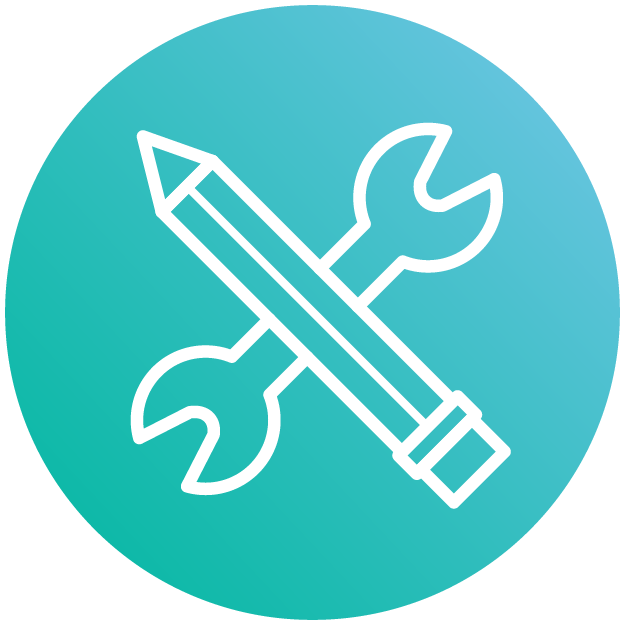
58% of workers believe that a lack of digital skills has had a negative impact on them in the workplace. Want to avoid this? Then here are some ‘hard’ or technical skill goals to keep in mind.
- Learn a New Software: Get to grips with a new software programme, or improve your proficiency with an existing tool (for instance, Adobe Creative Cloud).
- Pick up a Programming Language: Learn a programming language so that you can develop software applications, automate tasks, and analyse data.
- Excel in Data Analytics: Embrace our data-driven world by developing your data analysis, visualisation, and interpretation skills.
- Become a Better Project Manager: Build your project management skills by mastering planning, scheduling, budgeting, and stakeholder communication.
- Develop Cybersecurity Expertise: Discover cybersecurity best practice to protect your organisation’s data, systems, and reputation.
- Master Social Media: Expand your online reach and engage with your target audience through effective social media marketing.
- Get Excel Certified: Obtain a certification in a software programme (for instance, Excel), to demonstrate your proficiency using an essential workplace tool.
- Embrace Automation: Drive efficiency by using automation tools to streamline your workflows and organisational processes.
3. Career Advancement
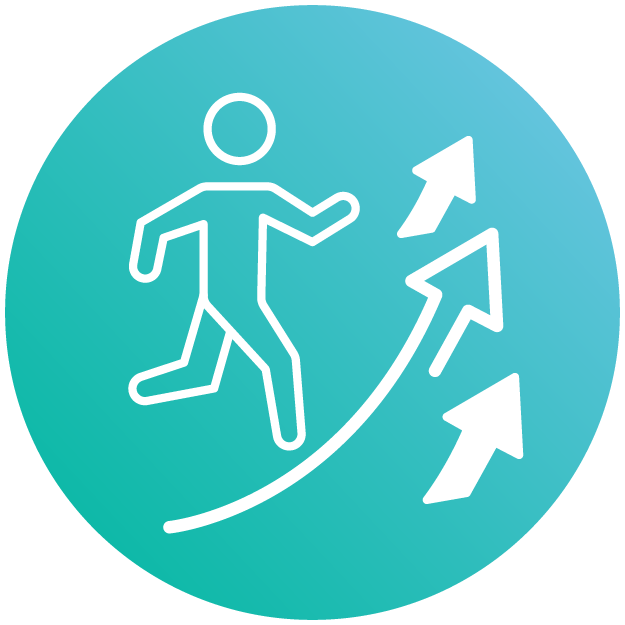
As things currently stand, 76% of employees (3 in 4) are looking for opportunities to expand their careers. If this sounds like you, or if you’re looking to facilitate upward mobility within your organisation, then these goals can help.
- Obtain a Qualification: Showcase your skills and open doors to new opportunities with a certification or degree in your chosen field.
- Pursue Further Education: Enrol in an online course or degree programme to develop new skills and increase your earning potential.
- Develop a Career Roadmap: Create a personalised plan for your career that includes learning objectives, milestones, action steps, and a clear timeline.
- Expand Your Network: Embrace networking opportunities to build relationships with industry professionals, colleagues, and potential mentors.
- Find a Mentor: Speaking of which, connect with a mentor who can help you to navigate your career path and achieve your goals.
- Mentor Others: Share your knowledge and experience by mentoring others. This is a rewarding experience that can also develop your leadership skills.
- Identify Skill Gaps: Assess your current skills, identify areas for improvement, and then create a plan to address those gaps.
- Build Your Personal Brand: Develop your online presence and reputation by creating and sharing value-add content through social media channels.
4. Future Skills
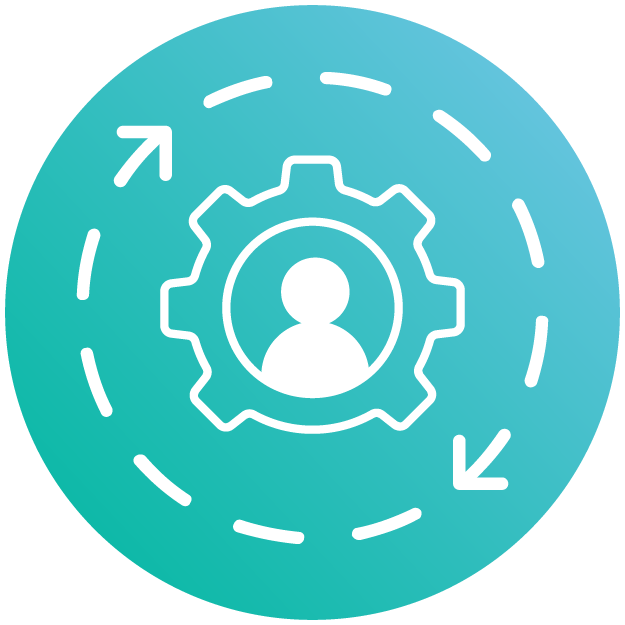
According to Deloitte, only 17% of organisations feel confident in predicting their future skill needs. So, it’s time to get ahead of the game. These are some future skill goals to keep sight of.
- Learn About AI: Work towards a basic understanding of key artificial intelligence concepts and the potential impact this will have on your industry.
- Master Cloud Computing: Develop your expertise in cloud platforms, architecture, and security. This will enhance your technical skills and career prospects.
- Improve Digital Literacy: Stay ahead of the curve by sharpening your digital skills and learning how to use different technologies.
- Take the Initiative: Be future-ready by taking ownership of your work and actively seeking out new opportunities. Don’t sit still!
- Develop Resilience: Build your ability to overcome challenges, bounce back from setbacks, and persevere when things get tough.
- Drive Innovation: Foster a creative and innovative mindset by embracing challenges, encouraging experimentation, and valuing diverse perspectives.
- Build Virtual Collaboration Skills: Prepare for remote or hybrid work by developing your virtual communication and collaboration skills.
- Become a Lifelong Learner: Commit to continuous learning and professional development by setting and achieving an ongoing list of goals.
5. Personal Growth
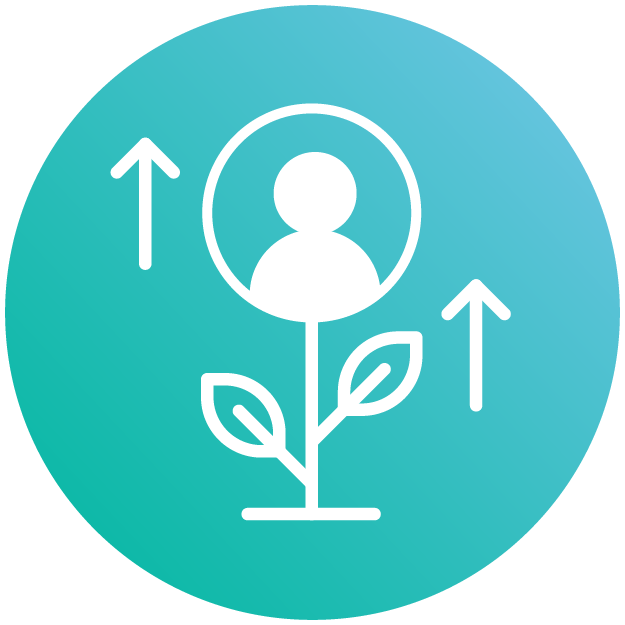
According to this survey, 65% of workers prioritise good work-life balance over pay and benefits. This highlights the importance of personal growth. To help develop your full self, consider setting the following goals.
- Pursue a Personal Interest: Engage in activities that bring you joy and fulfilment outside of work. For instance, why not explore a new hobby or join a club?
- Improve Your Work-Life Balance: Establish healthy boundaries between your work and personal life. Prioritise rest and recovery to prevent burnout.
- Foster a Growth Mindset: Have a future-focus, embrace challenges, and view setbacks as opportunities for learning and growth.
- Enhance Your Emotional Intelligence: Learn how to understand and manage your emotions, and the emotions of others, to foster better relationships.
- Build Your Support Network: Surround yourself with positive and supportive people who offer encouragement and valuable advice.
- Practice Mindfulness: Learn how to be present in the moment, focus on your thoughts and feelings, and connect with your emotions.
- Learn to Manage Stress: Develop healthy coping mechanisms to navigate stressful situations and maintain your well-being.
- Prioritise Your Physical Health: Take care of your body by embracing a healthy diet, exercising regularly, and getting enough sleep.
Final Words
There we have it! 40 inspiring employee development goal examples covering a wide range of areas. These goals are sure to focus your efforts, boost motivation, and propel you forward towards success.
Remember to align your goals with your organisation’s objectives and use the SMART framework for effective goal-setting. That means they should be specific, measurable, achievable, relevant, and time-bound.
And don’t stop when you’ve achieved your first set of goals. Keep the momentum going by setting newer and more ambitious goals to keep growing and progressing. That’s the secret sauce behind any good learning culture.
So, set your sights high and keep shooting for the moon!
Thank you for reading. Setting clear employee development goals is a key part of the organisational learning and development process. Want to learn more? Download our ‘L&D Professional’s Handbook’ now.




